Best Places to Sell 3D Models in 2025: Fees, Audiences, and Profit Tips

Are you looking to monetize your 3D modeling skills? With the explosive growth in demand for 3D assets across gaming, AR/VR, visualization, and creative industries, there's never been a better time to sell your work. But with so many marketplaces available, each with different royalty structures, audiences, and requirements, how do you choose where to list your models?
This comprehensive guide compares the top online marketplaces for selling 3D models in 2025, breaking down commission rates, platform strengths, and which types of models perform best on each platform. We'll also share workflow tips to help you create marketplace-ready assets faster using tools like Tripo AI.
Understanding 3D Marketplace Terms
Before diving into the comparisons, let's clarify some key terms:
- Royalty/Commission: The percentage of each sale you receive as the creator
- Exclusivity: Whether you can sell the same model on multiple platforms
- Self-promotion: Directing buyers to your marketplace listings through your own marketing
- Rights-managed vs. Royalty-free: Different licensing models affecting how buyers can use your work
Honorable Mention: Tripo Studio (Community Platform)
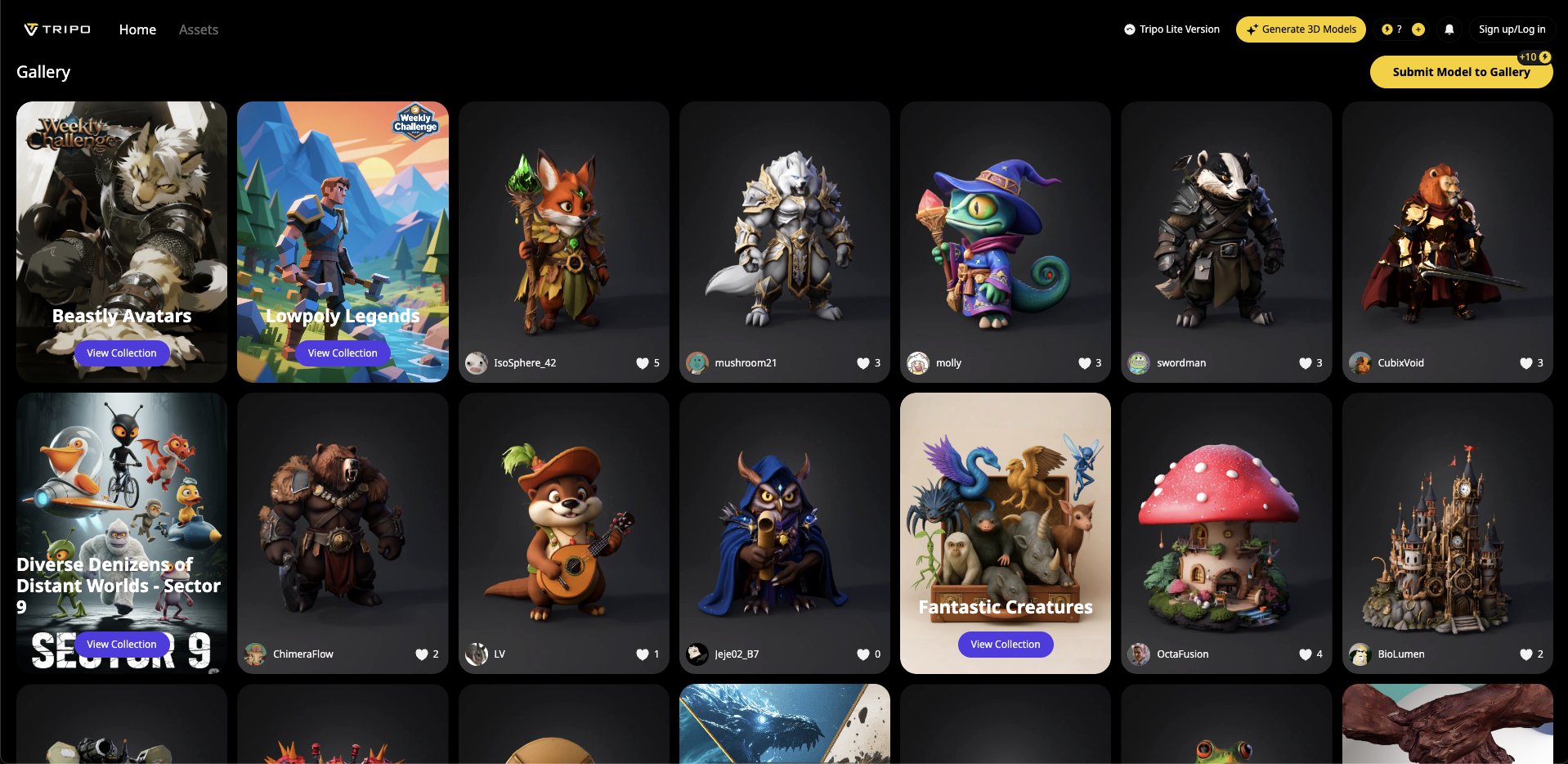
While not a dedicated marketplace for selling models, Tripo Studio deserves special recognition as a powerful community platform that can significantly accelerate your 3D asset creation workflow.
What it is: A browser-based AI 3D creation suite with image-to-3D, text-to-3D capabilities, smart retopology, rigging, and a public gallery/community feed
Key differentiator: Community gallery with hundreds of thousands of user-generated models with "remixable" assets and in-app editing pipeline for fast iteration
Best for: Rapid base model creation for games/animation/visualization; stylized or segmented characters/props that you can refine before selling elsewhere
Pros:
- End-to-end web workflow: generate, segment, texture, retopologize, and rig in one place
- Community models can be downloaded for free and customized, dramatically speeding up production
- Creator credit system: When others use your uploaded models, you earn credits that can be used to generate more AI models within the platform
Cons:
- Not a sales venue—you'll need to export models and list them on dedicated marketplaces for monetization
- Exporting/generation typically depends on credits/plan; verify licensing terms for community assets before commercial use
Top 5 3D Model Marketplaces Compared
Sketchfab Store
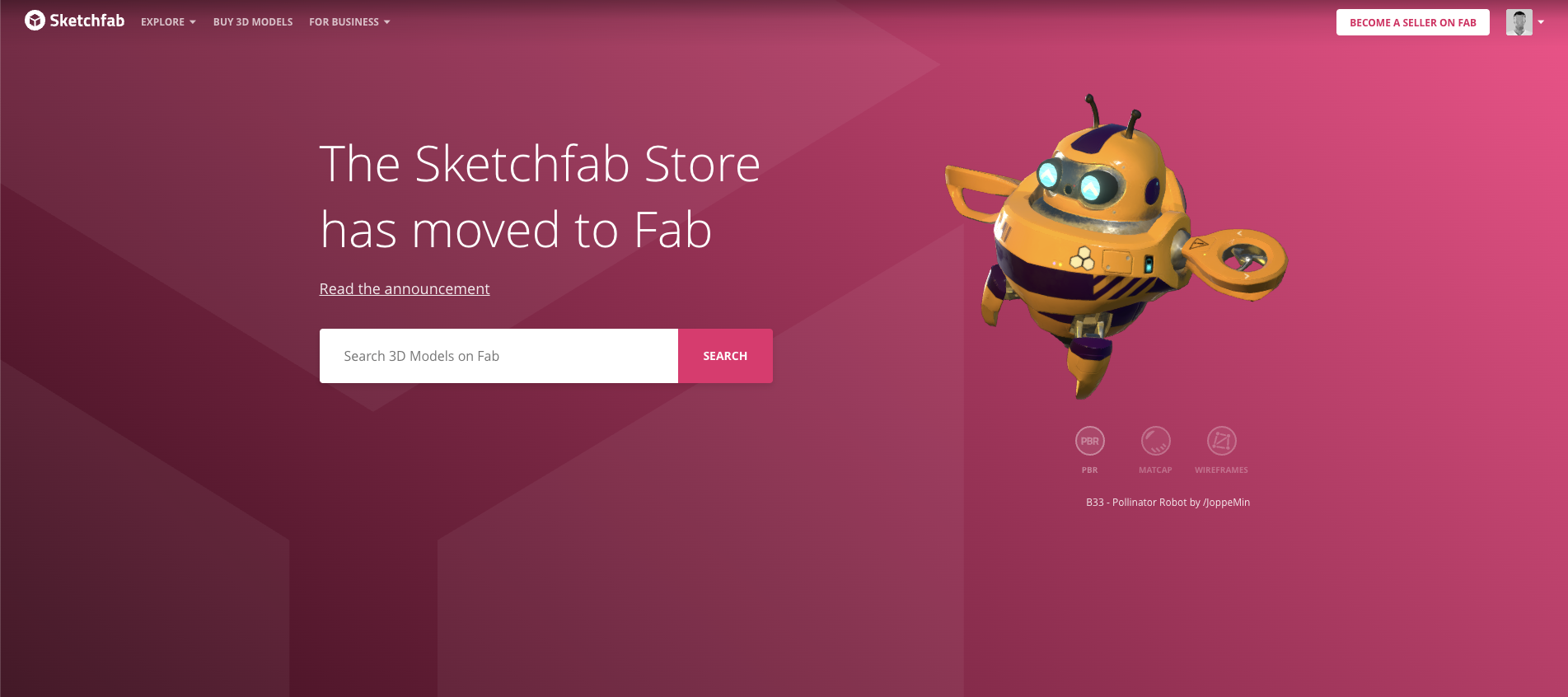
Sketchfab Store has revolutionized how 3D models are showcased online with their industry-leading real-time viewer.
- Commission rate: 70% to creators (you keep 70% of each sale)
- Key differentiator: Industry-leading real-time 3D web viewer that lets buyers fully inspect models before purchase
- Best for: Real-time PBR assets, textured OBJ/FBX models, and editorial vs. standard RF licensed content
Pros:
- Non-exclusive marketplace allowing you to sell elsewhere simultaneously
- Set your own prices with clear RF licensing terms
- Interactive 3D preview increases buyer confidence and reduces returns
- Strong community and discoverability features
Cons:
- Lower take-home share compared to platforms offering 80-95% options
- Requires portfolio review and approval before you can start selling
Success tip: Create detailed model descriptions with accurate specifications and high-quality thumbnails showing your model from multiple angles to maximize conversion rates.
CGTrader
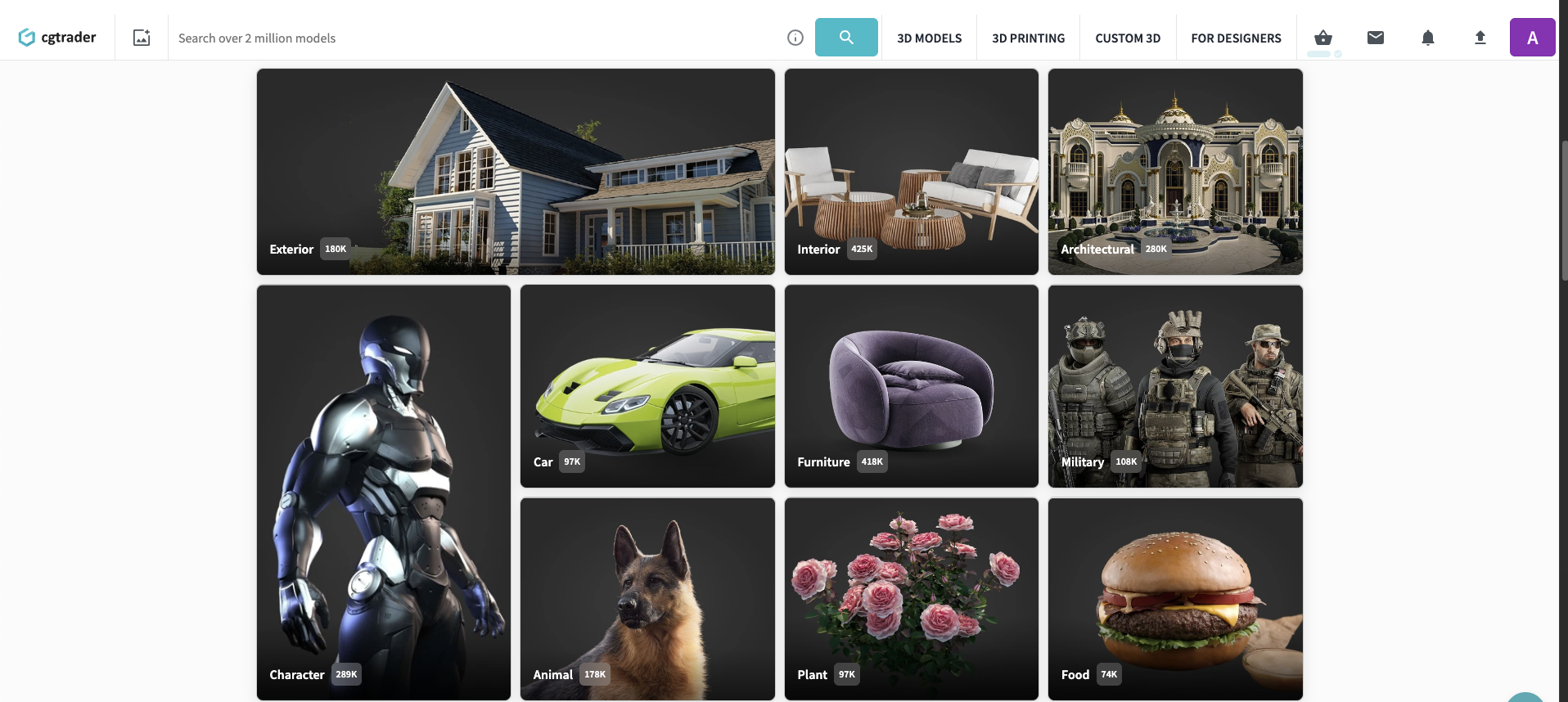
CGTrader offers a reputation-based royalty system that rewards consistent quality and sales performance.
Commission rate: Reputation-based tiers ranging from approximately 60-85% depending on seller level and performance
Key differentiator: Broad buyer base across VR/AR and CG industries with reputation-linked royalties
Best for: Diverse catalog including game assets, visualization models, and multi-format libraries for commercial projects
Pros:
-
Large audience across multiple industries
-
Reputation incentives can increase earnings over time
-
Flexible pricing with robust tools and community features
-
Strong search visibility in 3D model searches
Cons:
-
Commission variability makes income planning challenging
-
Competitive marketplace can pressure pricing downward
-
Recent payout system changes have created uncertainty
-
Success tip: Focus on building your seller reputation through consistent uploads, quick customer service, and detailed model specifications to climb the royalty tiers.
TurboSquid

TurboSquid is one of the oldest and most established 3D marketplaces with deep industry connections.
Commission rate: Base 40% for new members; up to 80% when combining SquidGuild membership and affiliate program
Key differentiator: Established marketplace with rigorous quality controls and deep relationships with enterprise buyers
Best for: High-specification production assets for professional VFX, visualization, and enterprise applications
Pros:
-
Established buyer base and brand recognition drive consistent discovery
-
Clear upgrade paths through SquidGuild and affiliate programs to improve earnings
-
Professional audience willing to pay premium prices for quality assets
-
Strong enterprise and commercial licensing options
Cons:
-
Low base royalty (40%) without program participation
-
Platform can take a large share for non-exclusive listings
-
Higher quality standards can mean longer approval times
-
Success tip: Consider the SquidGuild program for higher commission rates if your models meet their quality standards, and leverage their CheckMate certification to command premium prices.
ArtStation Marketplace
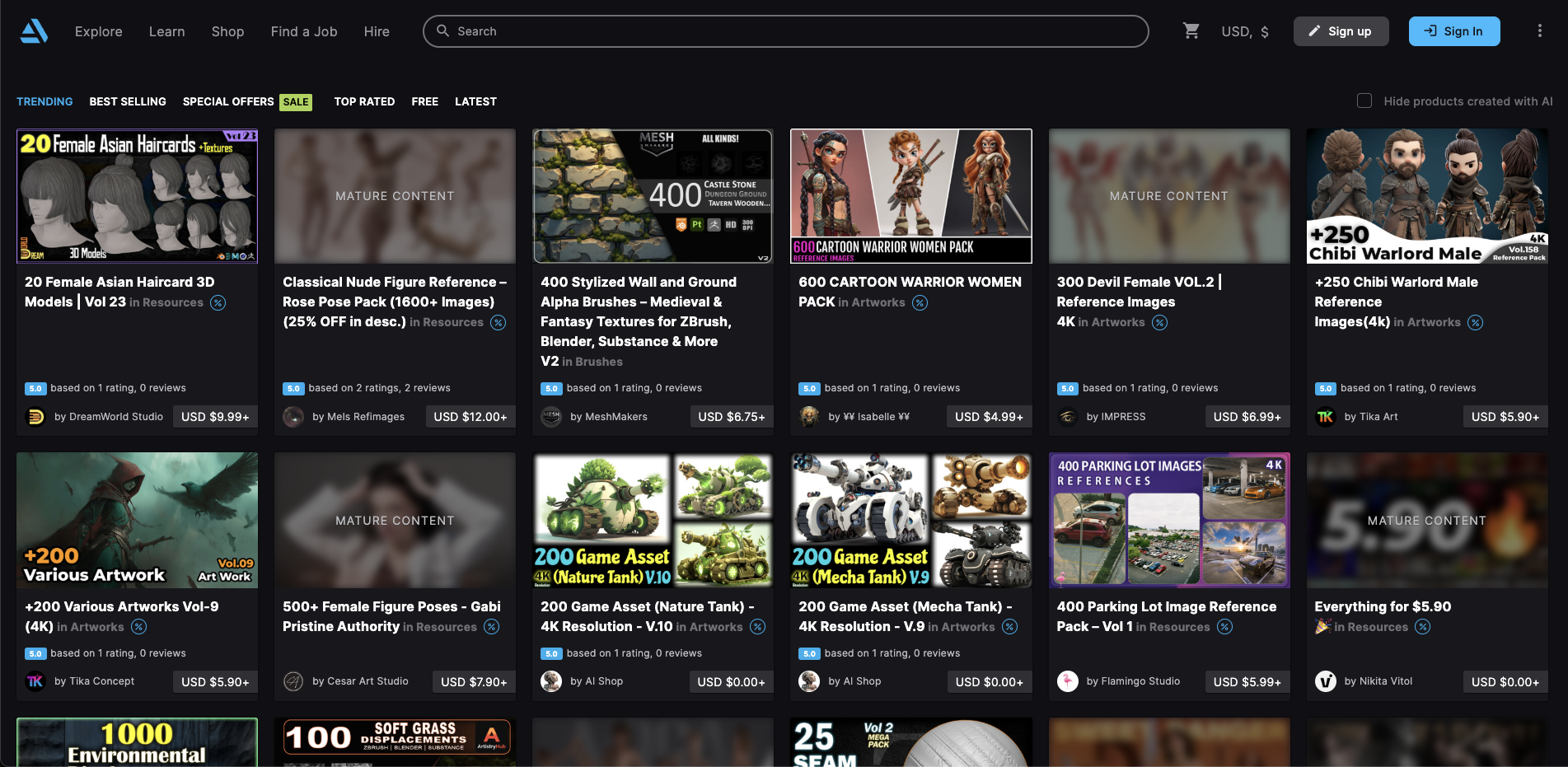
ArtStation Marketplace offers some of the industry's highest commission rates, especially for self-promoted sales.
Commission rate: Creators keep approximately 88% standard (12% fee), 92% with Pro membership (8% fee), and up to 95% on self-promoted sales (5% fee)
Key differentiator: Deep integration with the creative community and Epic Games ecosystem, plus very low selling fees for self-promotion
Best for: Game development assets, materials, brushes, and 3D models with portfolio-driven discovery
Pros:
-
Some of the lowest fees among major marketplaces
-
Self-promotion options let you keep up to 95% of sales
-
Built-in portfolio system creates natural audience growth
-
Strong connection to game industry professionals
Cons:
-
$0.30 fixed transaction fee applies in addition to percentage
-
High competition for visibility without established following
-
More focused on game development than other industries
-
Success tip: Leverage ArtStation's portfolio system by regularly posting your work-in-progress and finished pieces to build an audience before listing models for sale.
Blender Market (Superhive)

Blender Market (now Superhive) specializes in assets for the Blender community.
Commission rate: 70% on Free plan; 80% with Pro; 90% with Ultimate plan (separate merchant and transaction fees apply)
Key differentiator: Built specifically for the Blender community with targeted buyers seeking Blender-native assets
Best for: Blender ecosystem assets—models, materials, and add-ons where Blender-first delivery matters
Pros:
-
High commission potential up to 90% on Ultimate plan
-
Highly targeted audience alignment for Blender-specific content
-
Clear plan-based earnings structure
-
Supportive community of Blender enthusiasts
Cons:
-
Scope is largely Blender-centric, limiting broader appeal
-
Fee changes in 2024-2025 increased some costs for sellers
-
Smaller overall audience than general marketplaces
-
Success tip: Focus on Blender-specific features like materials that work well with Cycles/Eevee or models with proper modifier stacks to appeal to this technical audience.
Marketplace Comparison Table
Accelerate Your Workflow with Tripo AI
Creating marketplace-ready 3D models traditionally takes days or weeks, but modern AI 3D model generator tools can dramatically speed up this process. Tripo 3.0: sharper geometry, cleaner topology, richer textures offers game-changing capabilities for 3D creators:
- Generate unique base models from text descriptions or reference images in minutes
- Use image to 3D technology to quickly create starting points for your marketplace assets
- Customize and refine the AI-generated foundations to meet marketplace quality standards
- Focus your time on adding unique value rather than building every model from scratch
This approach lets you create more models in less time while maintaining the quality and uniqueness buyers expect.
File Formats and Delivery Best Practices
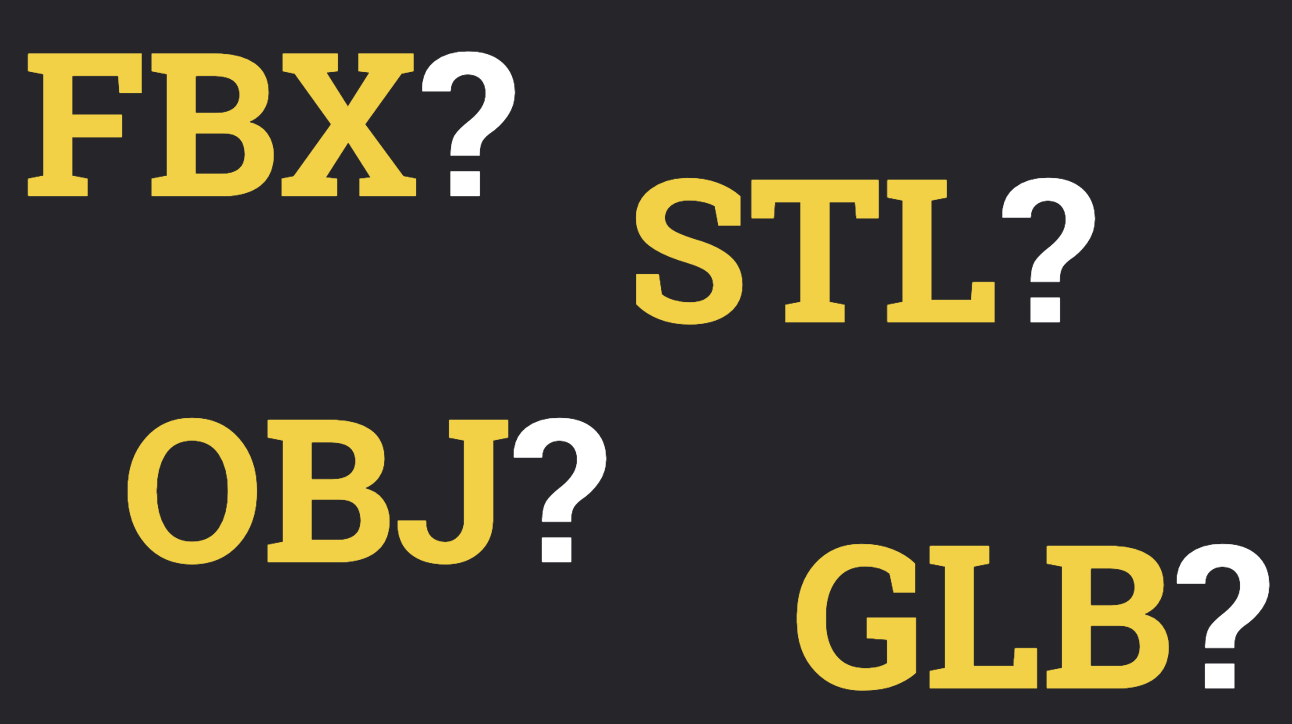
To maximize your sales potential, offer formats that match common buyer use cases:
- OBJ: For textured visualization projects (include MTL and texture files)
- FBX: For animation and rigging pipelines (test in multiple software packages)
- STL: For 3D printing applications (ensure models are watertight)
- STEP/IGES: For CAD workflows when applicable
Include comprehensive packages with:
- Textures in multiple formats (JPG/PNG and source PSD/TGA when appropriate)
- Preview renders from multiple angles
- Wireframe screenshots showing topology
- Clear documentation on polycount, texture resolution, and rigging capabilities
- Licensing notes to reduce confusion and prevent refunds
Test your models by importing them into popular software before listing to catch any pathing issues or material problems.
Pricing and Positioning Strategy
Determining the right price point is crucial for marketplace success:
- Benchmark against competitors: Research similar assets but avoid undercutting too aggressively
- Articulate added value: Clearly explain why your model commands a premium if priced above peers
- Consider bundles and variations: Offer different versions (high/low poly) or collections to appeal to more buyers
- Understand platform economics: Factor in fees when setting prices to ensure profitable margins
Take advantage of platform-specific promotional tools like ArtStation's self-promotion, TurboSquid's affiliate program, or Superhive's plan tiers to maximize your effective earnings.
Conclusion
The "best" marketplace for selling 3D models isn't universal—it depends on your specific assets, target audience, and business goals. Don't judge platforms by royalty rates alone; consider audience fit, discovery features, and promotional tools that affect your bottom line.
For maximum success:
- Match your models to appropriate marketplaces: Place architectural visualization assets on platforms like TurboSquid, game-ready models on ArtStation, and Blender-specific content on Superhive
- Focus on quality over quantity: Well-documented, technically sound models consistently outperform rushed work
- Use modern tools like Tripo AI: Accelerate your workflow by leveraging AI 3D model generator technology to create unique base models quickly
- Build a diverse portfolio: Create assets across different categories and price points to appeal to various buyer needs
Start with a small but high-quality portfolio on 1-2 platforms that match your strengths, then expand as you learn what sells best. With persistence, quality work, and strategic platform choices, selling 3D models can become a significant income stream in today's creator economy.
Ready to start creating marketplace-ready 3D models faster? Try Tripo AI's powerful image to 3D tools to transform your workflow today!
Frequently Asked Questions
How much can you make selling 3D models?
Earnings vary widely based on quality and effort. Beginners might earn a few hundred dollars monthly, while established artists with large portfolios can generate $5,000+ monthly by combining marketplace sales with freelance work and premium products.
What file formats should 3D models be sold in?
Provide OBJ for textured models, FBX for animation assets, and STL for 3D printing. Add CAD formats like STEP/IGES for engineering applications to maximize your potential customer base.
Which marketplace pays the highest royalties?
ArtStation offers up to 95% on self-promoted sales and Blender Market (Superhive) up to 90% on their Ultimate plan. However, consider audience size and platform features alongside royalty rates when choosing where to sell.
Is exclusivity worth it on TurboSquid?
It depends on your specific models. For specialized assets targeting TurboSquid's professional audience, exclusivity programs (boosting royalties to 80%) can pay off. For general-purpose models, non-exclusive listings across multiple platforms often generate higher total revenue.
Advancing 3D generation to new heights
moving at the speed of creativity, achieving the depths of imagination.

